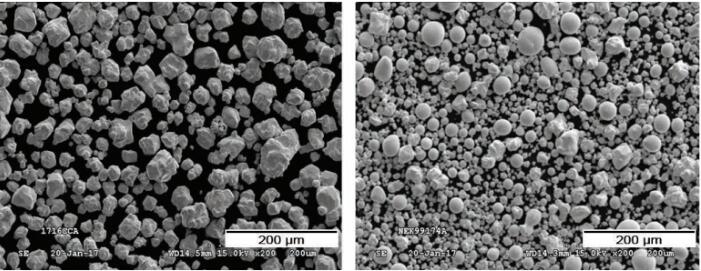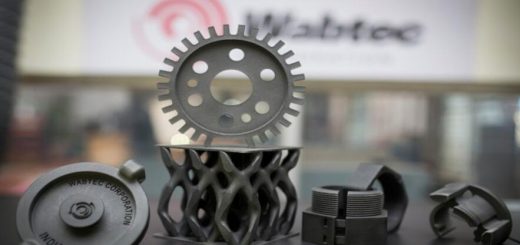Parameters of 3D Printed Tungsten Subject of New Study
One metal material that hasn’t been frequently 3D printed is tungsten. Tungsten, abbreviated as W, is a valuable material for its high corrosion resistance, which makes it ideal for equipment in chemical plants, and its high melting point, one of the highest of all known elements. Tungsten is used for tools, balance weights, in chemical processing and in lighting. That high melting point, however, as well as its hardness, has made it a difficult material to machine, as well as to additively manufacture. Tungsten has been successfully 3D printed using a commercial 3D printer, and indeed Philips unit Smit Roentgen (now Dunlee) developed Tungsten 3D printing a few years ago on EOS equipment. using the material in the serial production of tungsten 3D printed parts. But, there have been few studies focusing on understanding the effect of powder and process parameters on tungsten and other high melting point materials.
In a recent study entitled “Direct Metal Laser Sintering/Selective Laser Melting of Tungsten Powders,” a group of researchers set out to identify critical process parameters affecting the densification of tungsten powders. Identifying those parameters, according to the researchers, is critical for manufacturing complex parts with good mechanical properties. They also focused on understanding the feasibility of low apparent density, or low sphericity, powder as a raw material for manufacturing parts with SLM.

The properties of samples using low apparent density powder were compared with typical high apparent density powders with high sphericity. An EOSINT M 280 3D printer was used to create 32 cubic samples, 16 from each powder. The microstructures of the samples were observed using a scanning electron microscope, and statistical analysis was carried out using software.
Laser power was identified as the critical parameter affecting the densification of the tungsten powder. The laser power contributed 92% and 70% of the variation in final density of the samples made from the low and high apparent density tungsten powders, respectively.
“At laser powers of 200 W and 250 W, the densification was significantly higher for tungsten powder with high apparent density compared with the powder with lower apparent density,” the researchers state. “However, at a laser power of 300 W, the densification was similar for both tungsten powders. A maximum relative density of 96% was obtained in the study.”
The results of the study show that low apparent density tungsten powder can be used to 3D print parts using SLM technology. Tungsten is a valuable resource; in addition to its applications in the chemical and aerospace industries, it can also be used for electrical applications, in the automotive industry, and more. The difficulty in machining tungsten means that additive manufacturing is a promising alternative for the material. Additive manufacturing, because of its ability to create complex geometries, could possibly open up new applications for tungsten, as well.
The study focusing on the parameters of tungsten can also be applied to other materials with high melting points, such as molybdenum, niobium and others. The possibilities for metal additive manufacturing have only begun to be explored relative to how many materials and applications are out there, still waiting to be studied. Tungsten may be the next material to have a major impact on additive manufacturing.
Authors of the paper include Ravi K. Enneti, Rick Morgan, Thomas Wolfe, Arshad Harooni, and Scott Volk.
Source: 3dprint




Recent Comments